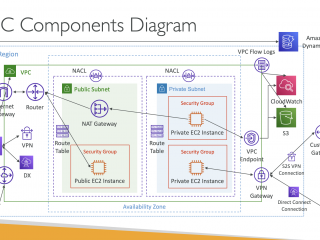A Comprehensive Guide to DNS Record Types
Introduction DNS (Domain Name System) is a critical component of the internet, translating user-friendly domain names into IP addresses that computers use to identify each other. DNS records play a pivotal role in this process by storing various types of information associated with a domain name. In this comprehensive guide, we’ll explore the most common…




